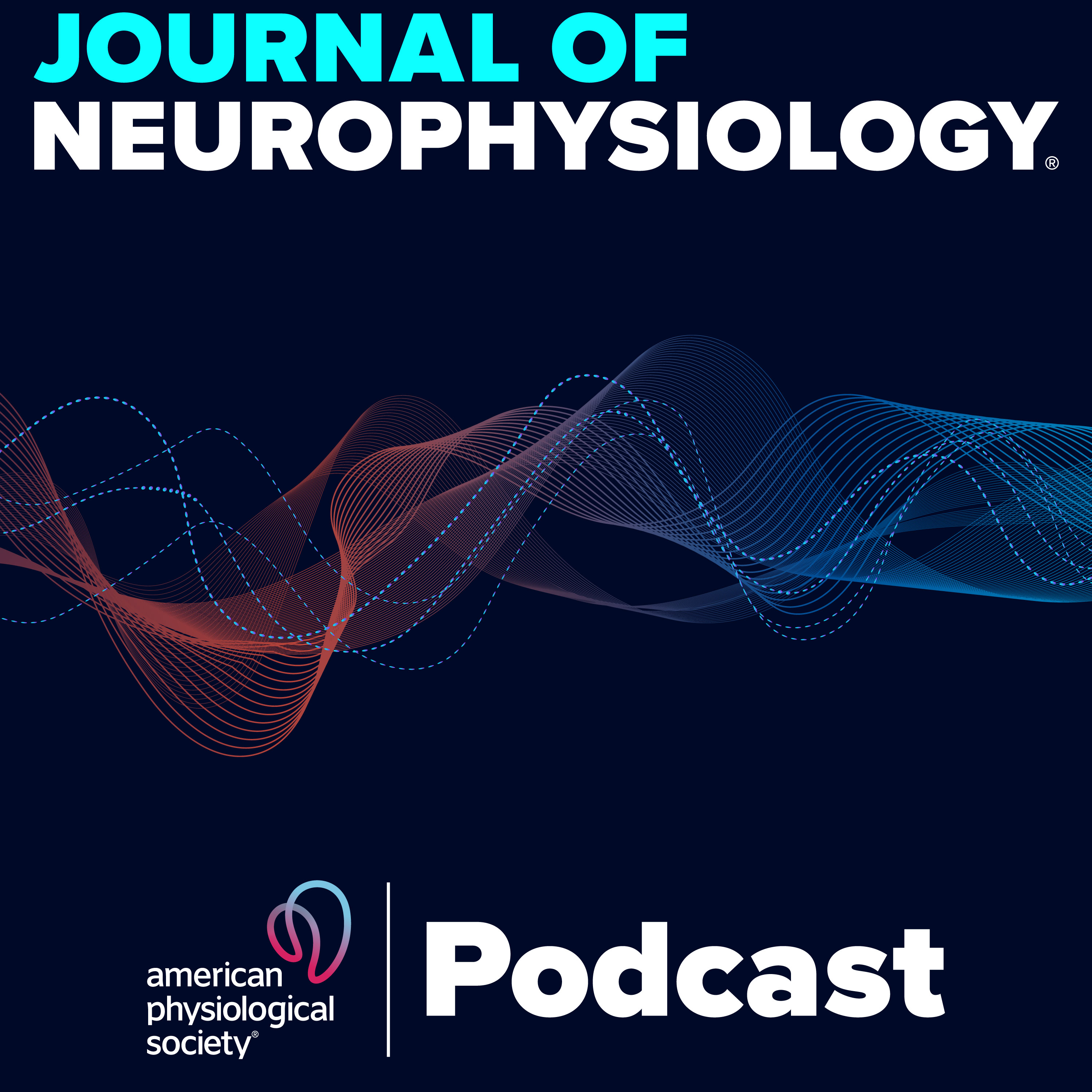Episodes
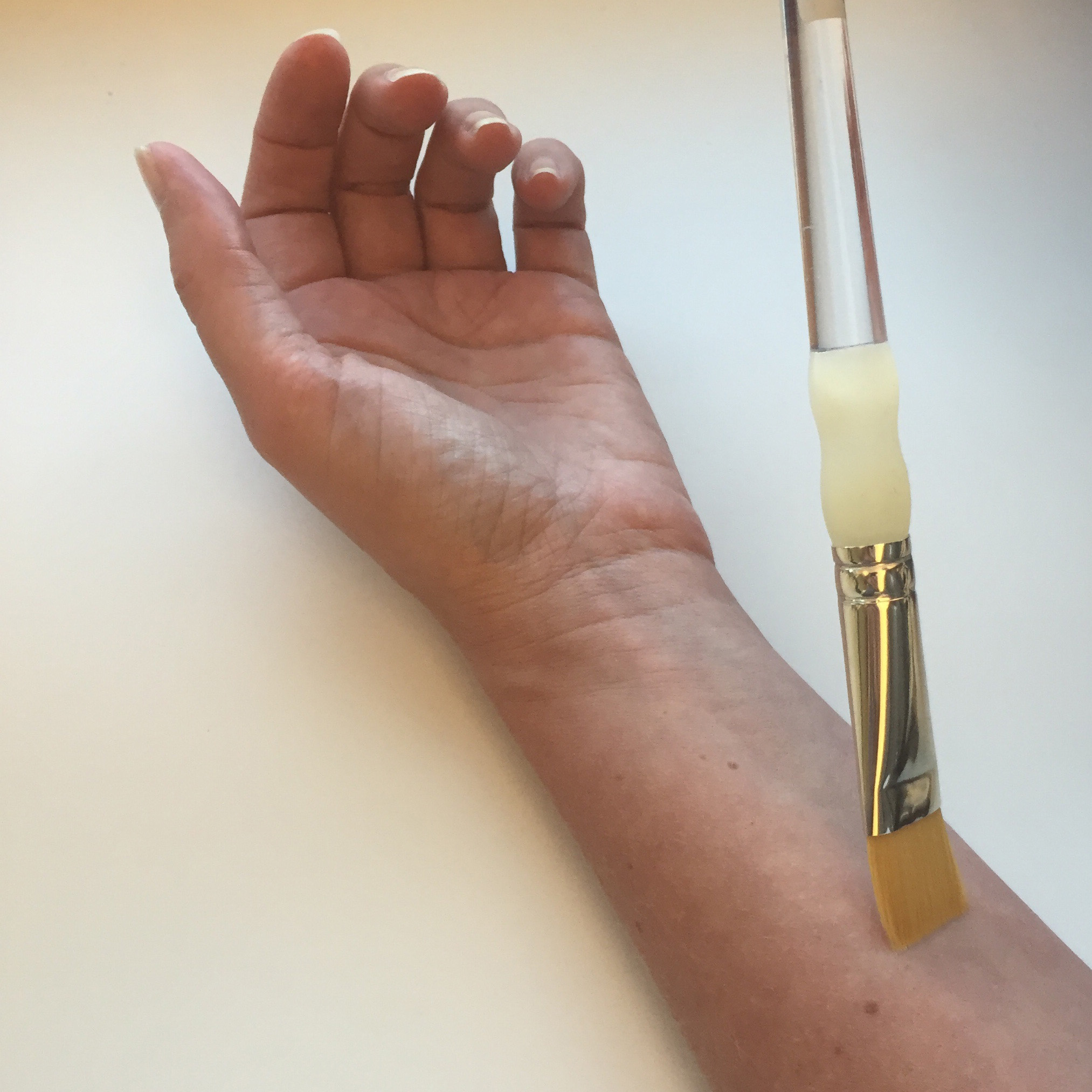
Monday Oct 30, 2017
Monday Oct 30, 2017
It is thought that myelinated primary afferent fibers switch modality from light touch to pain following injury, which is referred to as dynamic mechanical allodynia (DMA). However, do the firing rates of Aβ afferents affect the intensity of perceived pain during DMA? In this podcast, Editor-in-Chief Bill Yates (University of Pittsburgh) talks with Line Loken (UCSF) about a recent study which explored this question. Surprisingly, following capsaicin-induced DMA there was an inverse relationship between Aβ firing rates and unpleasantness, such that brush stimuli that produced low firing rates were most painful and those that elicited high firing rates were rated as pleasant.
Low-threshold mechanoreceptors play a frequency-dependent, dual role in subjective ratings of mechanical allodynia
Line Sofie Loken, Eugene Duff, Irene Tracey
Journal of Neurophysiology, published online September 27, 2017. DOI: 10.1152/jn.00977.2016.
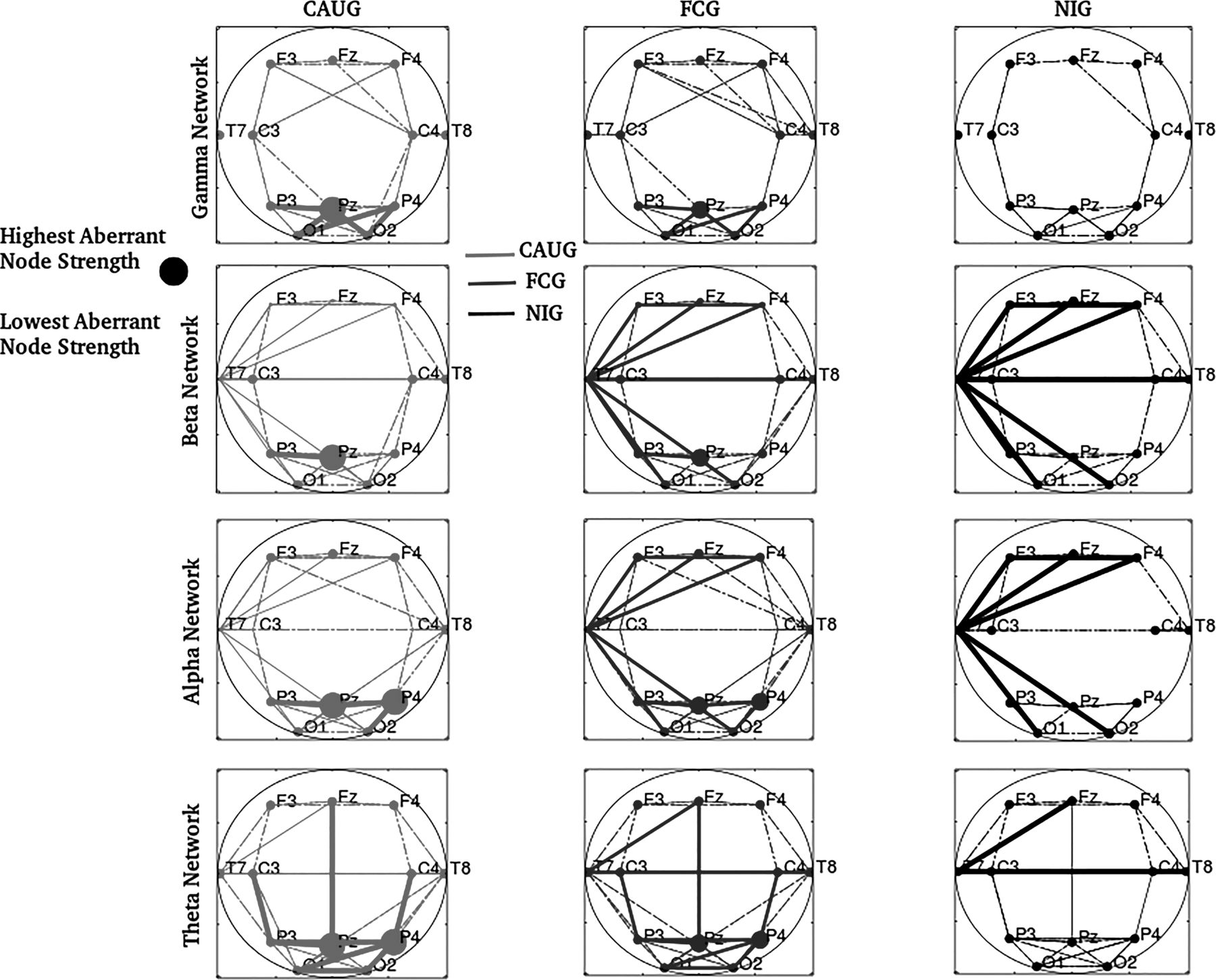
Monday Oct 16, 2017
Early psychosocial neglect and developing brain networks
Monday Oct 16, 2017
Monday Oct 16, 2017
What effects do early psychosocial neglect and institutional rearing have on developing brain networks? In this podcast, Editor-in-Chief Bill Yates (University of Pittsburgh) talks with Caterina Stamoulis (Harvard Medical School and Boston Children's Hospital) about findings from the Bucharest Early Intervention Project (BEIP). Researchers demonstrated aberrantly connected task-independent brain networks in children that had been raised in Romanian institutions. These findings have profound implicaitons about the developmental and cognitive effects of early institutionalization.
Neuronal networks in the developing brain are adversely modulated by early psychosocial neglect
Catherine Stamoulis, Ross E. Vanderwert, Charles H. Zeanah, Nathan A. Fox, Charles A. Nelson
Journal of Neurophysiology, published online October 5, 2017. DOI: 10.1152/jn.00014.2017.
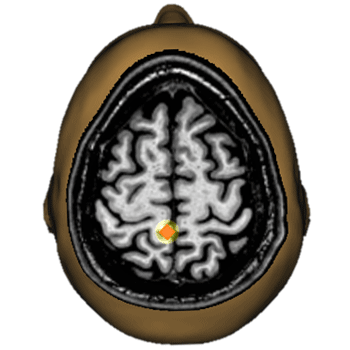
Tuesday Sep 26, 2017
Multiple Sclerosis and Reduced Somatosensory Gating
Tuesday Sep 26, 2017
Tuesday Sep 26, 2017
Recently, sensory gating in the somatosensory system has been linked to deficits in tactile discrimination, which in turn has been linked to impaired walking and balance in individuals with multiple sclerosis (MS). In this podcast, Editor-in-Chief Bill Yates (University of Pittsburgh) talks with Dave Arpin (University of Louisville) about a new study which sought to examine the neural basis of somatosensory gating and to assess the relationship between somatosensory gating and walking performance in patients with MS and healthy controls.
A reduced somatosensory gating response in individuals with multiple sclerosis is related to walking impairment
David J. Arpin, James E. Gehringer, Tony W. Wilson, Max J. Kurz
Journal of Neurophysiology, published online July 19, 2017. DOI: 10.1152/jn.00260.2017.

Wednesday Sep 13, 2017
Caffeine accelerates emergence from anesthesia
Wednesday Sep 13, 2017
Wednesday Sep 13, 2017
There is currently no reliable reversal agent for general anesthesia. However, recent work has shown that three drugs that elevate intracellular cAMP (forskolin, theophylline, and caffeine) accelerate emergence from anesthesia in rats. In this podcast, Editor-in-Chief Bill Yates (University of Pittsburgh) talks with Jimmy Xie, Robert Fong, and Aaron Fox (all from the University of Chicago) about a new study that shows that caffeine is effective even at high levels of anesthetic, and which explores the mechanisms underlying this finding.
Caffeine accelerates recovery from general anesthesia via multiple pathways
Robert Fong, Suhail Khokhar, Atif N. Chowdhury, Kelvin G. Xie, Josiah Hiu-Yuen Wong, Aaron P. Fox, Zheng Xie
Journal of Neurophysiology, published online September 1, 2017. DOI: 10.1152/jn.00393.2017.
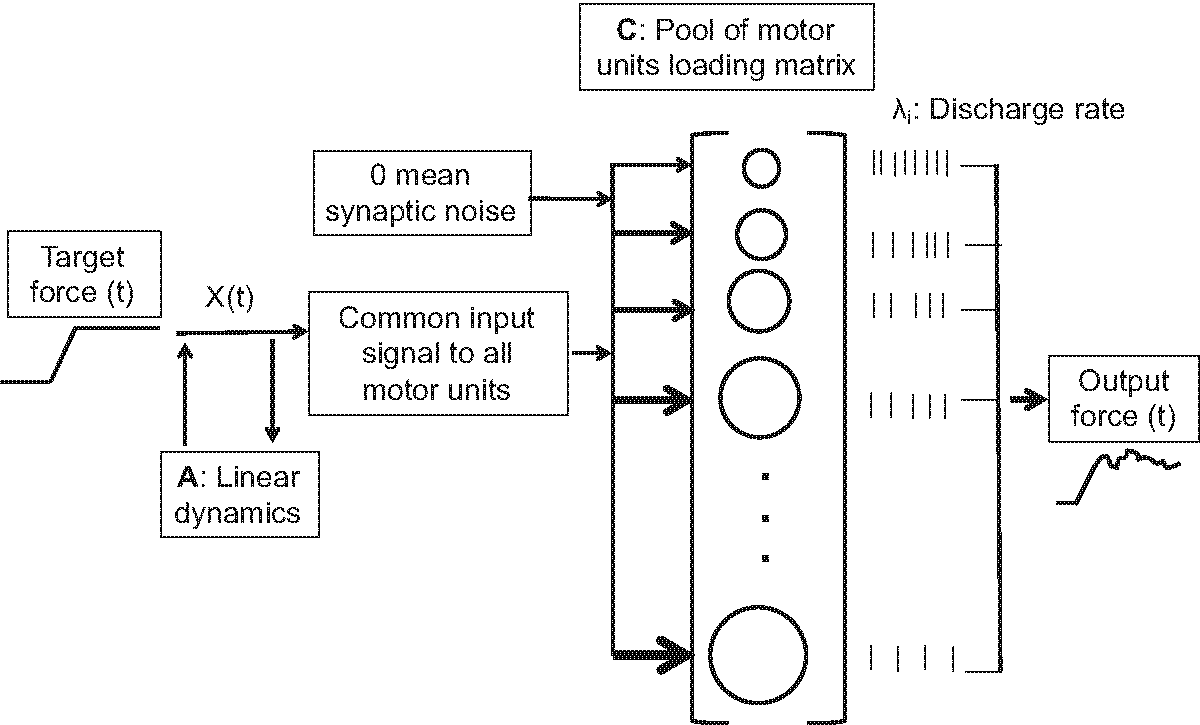
Tuesday Aug 29, 2017
A state-space approach to quantifying common motor input
Tuesday Aug 29, 2017
Tuesday Aug 29, 2017
How can the common synaptic input to a pool of motor neurons be quantified? In this podcast, Editor-in-Chief Bill Yates (University of Pittsburgh) talks with Dan Feeney (University of Colorado, Boulder) about the history of quantifying common motor input, a new state-space model approach to the problem, and the experimental findings which validated this model.
A latent low-dimensional common input drives a pool of motor neurons: a probabilistic latent state-space model
Daniel F. Feeney, Francois G. Meyer, Nicholas Noone, Roger M. Enoka
Journal of Neurophysiology, published online August 2, 2017. DOI: 10.1152/jn.00274.2017.
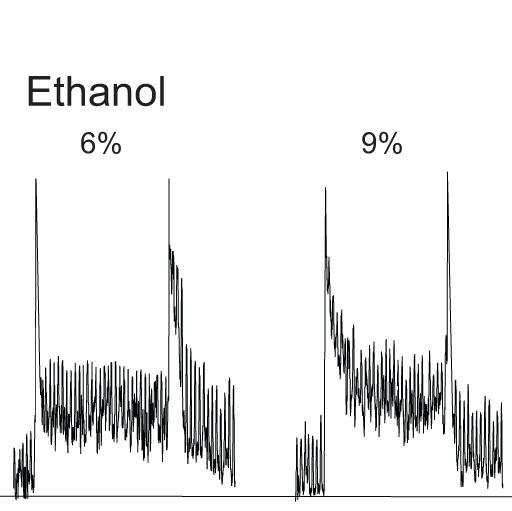
Monday Jul 24, 2017
Monday Jul 24, 2017
Could fetal ethanol exposure (FAE) affect the way that the taste system responds to ethanol and other flavor components of alcohol? Might this play a role in the increased risk of alcohol abuse following FAE? In this podcast, Editor-in-Chief Bill Yates (University of Pittsburgh) talks with Steven Youngentob (University of Tennessee Health Science Center) and John Glendinning (Barnard College, Columbia University) about the history, recent progress, and future of their work exploring taste response to alcohol in rats.
Fetal alcohol exposure reduces responsiveness of taste nerves and trigeminal chemosensory neurons to ethanol and its flavor components
John I. Glendinning, Joyce Tang, Ana Paula Morales Allende, Bruce P. Bryant, Lisa Youngentob, Steven L. Youngentob
Journal of Neurophysiology, published online May 10, 2017. DOI: 10.1152/jn.00108.2017.
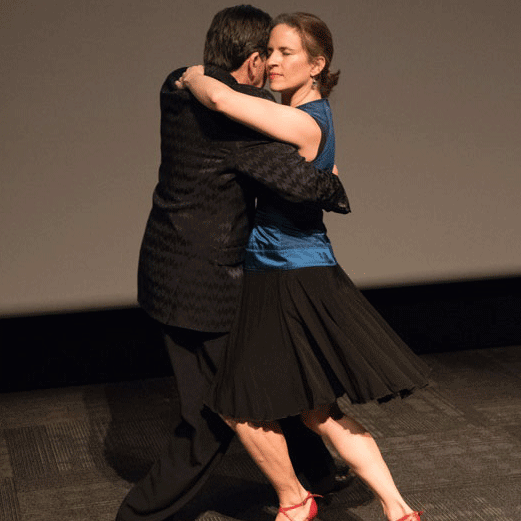
Friday Jun 30, 2017
Friday Jun 30, 2017
Could learning the Tango really help patients with Parkinson's disease? And how could this improvement be quantified? In this podcast, Editor-in-Chief Bill Yates (University of Pittsburgh) talks with the authors of a recent study which used motor module analysis to identify "clinically meaningful improvements on behavioral measures of balance, gait, and disease symptoms after three-weeks of daily Adapted Tango classes". Listen to learn more!
Increased neuromuscular consistency in gait and balance after partnered, dance-based rehabilitation in Parkinson's disease
Jessica L. Allen, J. Lucas McKay, Andrew Sawers, Madeleine Eve Hackney, Lena H. Ting
Journal of Neurophysiology, published online April 5, 2017. DOI: 10.1152/jn.00813.2016.
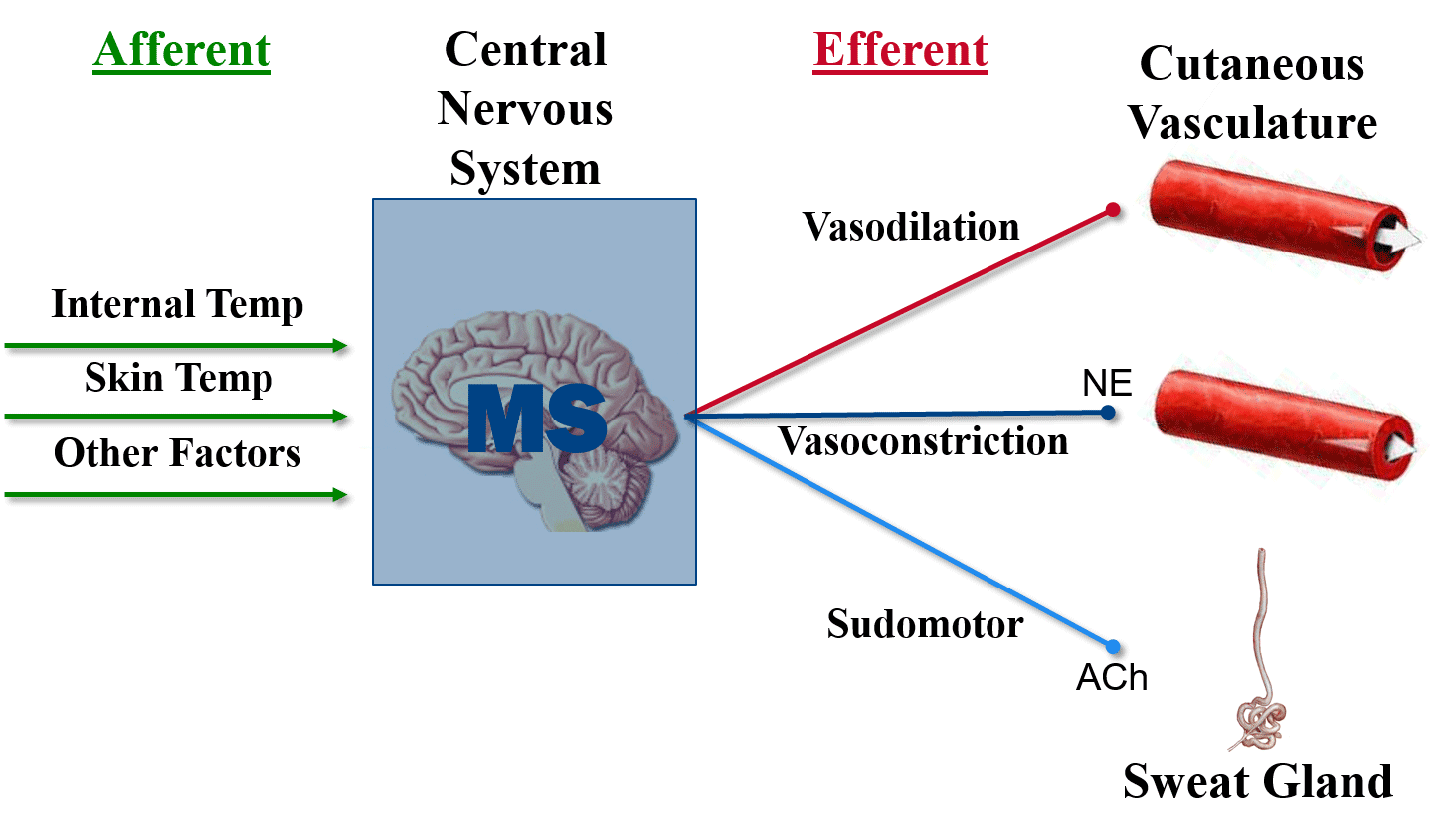
Wednesday Jun 07, 2017
Multiple sclerosis and thermoregulatory control
Wednesday Jun 07, 2017
Wednesday Jun 07, 2017
Multiple sclerosis (MS) is an autoimmune disease that affects the central nervous system, disrupting autonomic function. The progressive loss of adequate neural conduction in MS has been shown to cause a wide range of symptomatology, with many patients experiencing a profound heat intolerance known as Uhthoff’s phenomenon. Yet little progress has been made in regards to understanding the effect of MS on the control of thermoregulatory reflex responses, such as skin blood flow and sweating. In this podcast, Editor-in-Chief Bill Yates (University of Pittsburgh) and content expert Matthew Muller (Penn State Hershey Heart and Vascular Institute) talk with authors Scott Davis (Southern Methodist University) and Dustin Allen (Southern Methodist University) about their work examining the reflex control of thermoregulatory responses to a passive heat stress in individuals with MS. What are some of the challenges facing these types of studies, and what are the next steps to advance this area of research? Listen and find out.
Impaired sweating responses to a passive whole-body heat stress in individuals with multiple sclerosis
Dustin R. Allen, Mu Huang, Iqra M. Parupia, Ariana R. Dubelko, Elliot M. Frohman, Scott L. Davis
Journal of Neurophysiology, published online March 8, 2017. DOI: 10.1152/jn.00897.2016.
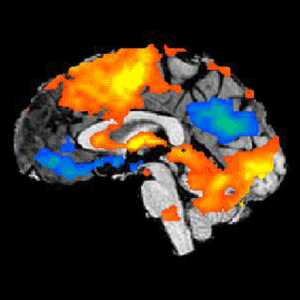
Friday May 05, 2017
Fitness and the cortical response to autonomic challenge
Friday May 05, 2017
Friday May 05, 2017
Age-related cognitive and neural decline begins in healthy adults in the third decade of life and continues throughout advanced aging. Developing support strategies to prevent declines in brain health and achieve a better quality of life in later years requires identification of the cortical sites and patterns of these age-related neurological changes. In this podcast, Editor-in-Chief Bill Yates (University of Pittsburgh) and Associate Editor Sean Stocker (University of Pittsburgh) talk with author Katelyn Wood (University of Western Ontario) about some of the surprising findings in this study exploring the relationship between cardiorespiratory fitness and forebrain circuitry associated with cardiovascular control. What does this study tell us about the impact of cardiorespiratory fitness on cardiac and neural responses in healthy, middle- to older-aged adults? Listen and find out.
High cardiorespiratory fitness in early to late middle age preserves the cortical circuitry associated with brain-heart integration during volitional exercise
Katelyn N. Wood, Torri A. Luchyshyn, J. Kevin Shoemaker
Journal of Neurophysiology, published online April 1, 2017. DOI: 10.1152/jn.00592.2016 .
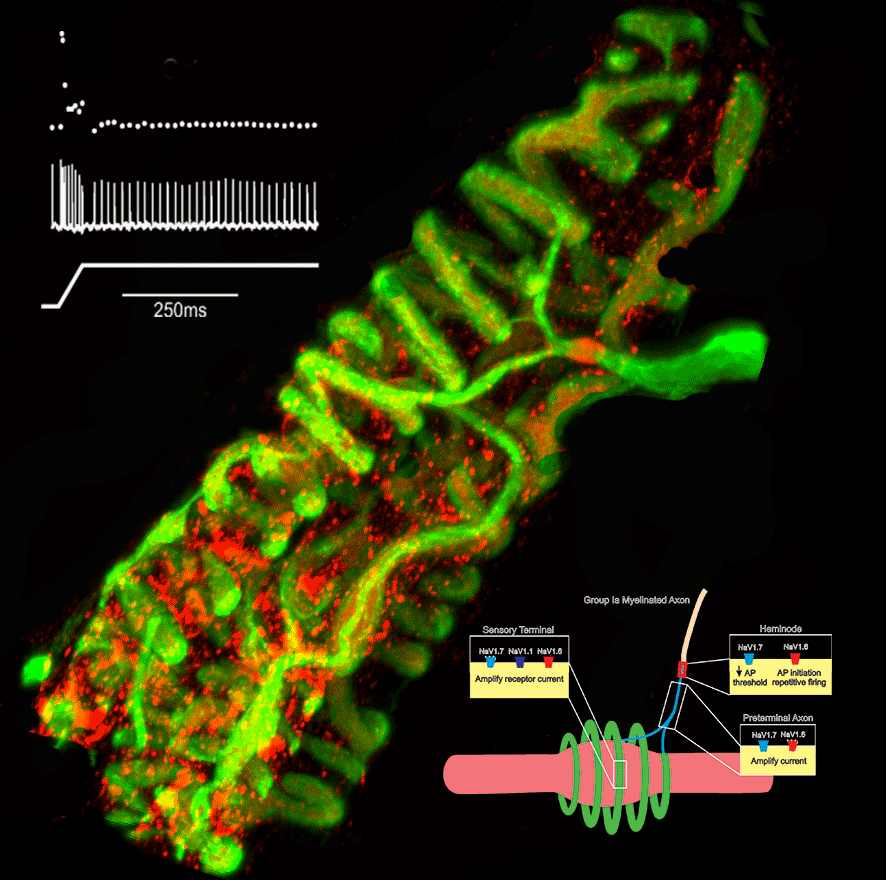
Thursday Apr 06, 2017
Voltage-gated sodium channel expression in muscle spindles
Thursday Apr 06, 2017
Thursday Apr 06, 2017
Our knowledge of the molecular mechanisms underlying signaling of mechanical stimuli by muscle spindles is incomplete. In particular, the ionic conductances that sustain tonic firing during static muscle stretch are unknown. In this podcast, Editor-in-Chief Bill Yates (University of Pittsburgh) talks with researchers Tim Cope (Georgia Institute of Technology) and Dario Carrasco (Georgia Institute of Technology) about their work looking at the distribution of voltage-gated sodium channels in primary sensory endings of mammalian muscle spindles. Is it possible that voltage-gated sodium channels contribute to multiple steps in sensory signaling by muscle spindles? What do their findings tell us and where will they lead to next? Listen and find out.
Distribution of TTX-sensitive voltage-gated sodium channels in primary sensory endings of mammalian muscle spindles
Dario Ivan Carrasco, Jacob A. Vincent, Timothy C. Cope
Journal of Neurophysiology, published online January 25, 2017. DOI: 10.1152/jn.00889.2016 .

